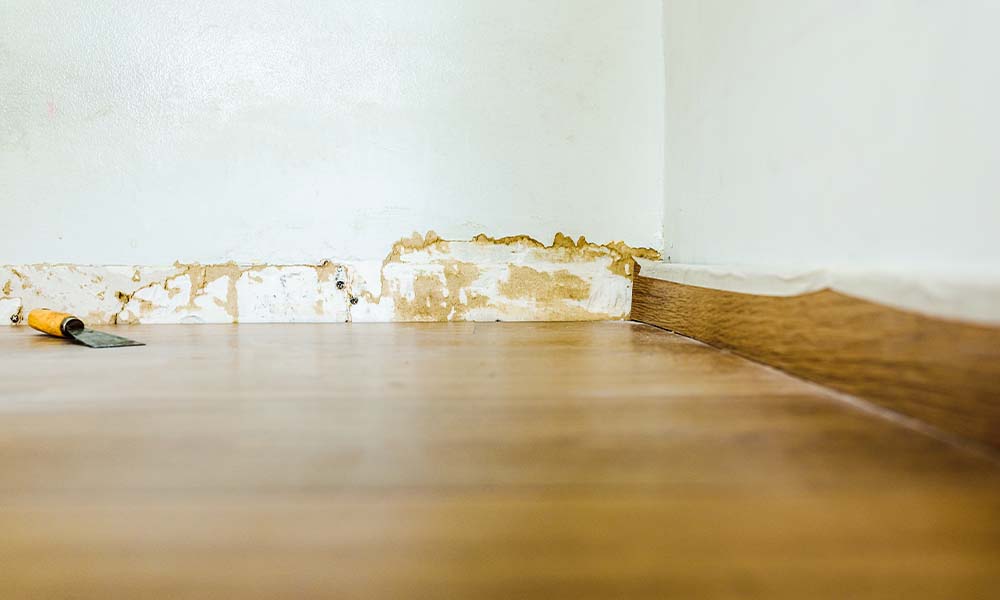Wood architraves are essential for enhancing a home’s interior design because they bring a sense of timeless elegance, refinement, and beauty. These architectural features enhance a space’s overall visual appeal in addition to serving a practical purpose.
Wood architraves can transform a plain interior into an alluring and well-designed living space by framing doorways and windows and outlining transitions between various regions.
What Do You Mean by Architrave?
Architrave is a kind of internal molding, is found in the majority of homes, workplaces, and other buildings. The strip of material that, in this case, completes the wall and door. Although the molding’s official term is “architrave,” other names for it include:
- Door Casing
- Door Frame
- Door Surround
Impact of Wood Architrave in Décor
Elegance and Visual Appeal
Interior spaces benefit from the polished elegance that wood architraves provide. The warm colors and natural beauty of wood, which features varied grain patterns, produce a warm and inviting ambiance. Wood architraves are a beautiful addition to any interior design, whether it be traditional, modern, or somewhere in between.
They give plain walls depth and texture and a sense of artistry that is challenging to recreate with other materials.
Definition and Distinction
Doors and windows are given a sense of importance and prominence inside a room by the architectural frames known as architraves. They define the boundaries between various spaces and draw attention to transitions. Each room’s personality can be determined by carefully choosing the architraves’ profile, width, and finish.
For example- a wider and more ornate architrave may complement a formal living room, while a simpler, narrower one might complement a contemporary kitchen.
Versatility and Customization
Wood architrave are very adaptable and provide a variety of design options. To ensure a smooth integration with the overall décor, they can be painted or stained to fit your interior color scheme.
They can also be customized to fit your home’s architectural style, whether it’s a traditional Victorian or a sleek modern one. Homeowners may create a unified aesthetic that suits their personal tastes thanks to this versatility.
FAQs
Can wood architraves be used in small spaces without overwhelming the room?
Absolutely! You can choose wood architraves in a range of sizes and profiles to match the size of your area. In smaller spaces, using architraves that are thinner and less ornate can retain a balanced appearance without overpowering the space.
How do you maintain wood architraves to ensure their longevity?
The beauty of wood architraves must be maintained on a regular basis. To keep dirt and grime from accumulating, dust them frequently. Every few years, you might need to reapply a protective coat depending on the finish (painted or stained). To avoid warping or cracking, limit your exposure to excessive dampness.
Can wood architraves be combined with some other material like metal or glass?
Yes, using wood architraves in conjunction with other materials can produce visually arresting contrasts. For instance, adding metal accents or glass doors to a traditional space might give it a contemporary feel. The important thing is to make sure the combination complements the overall design rather than having a discordant effect.


